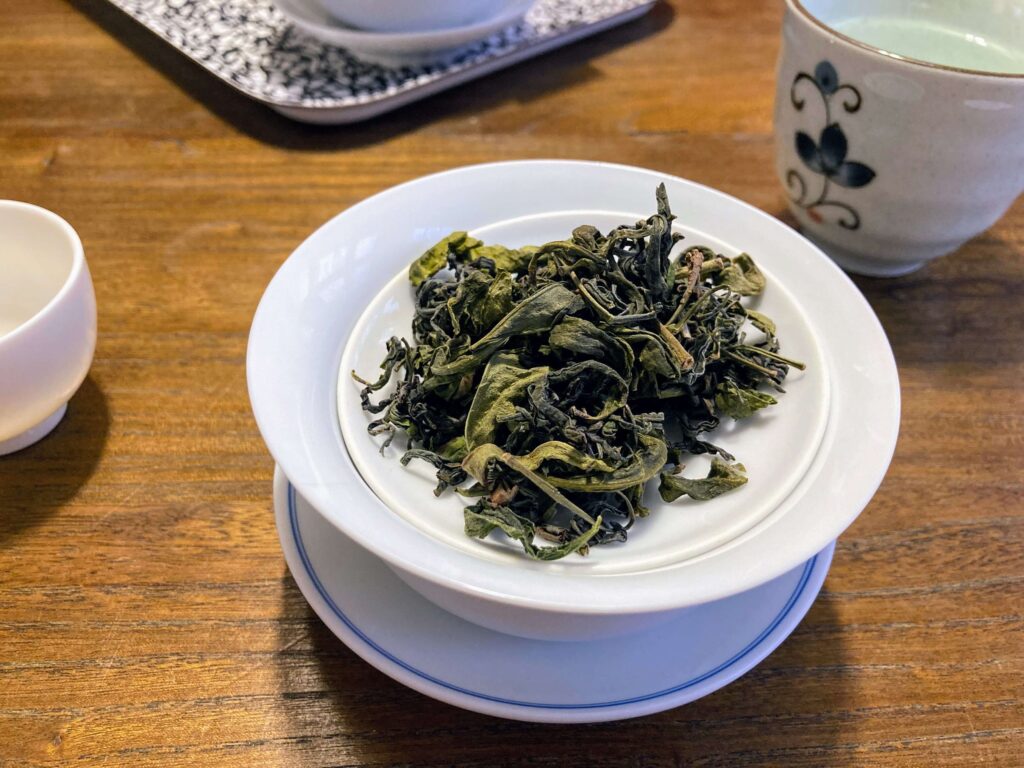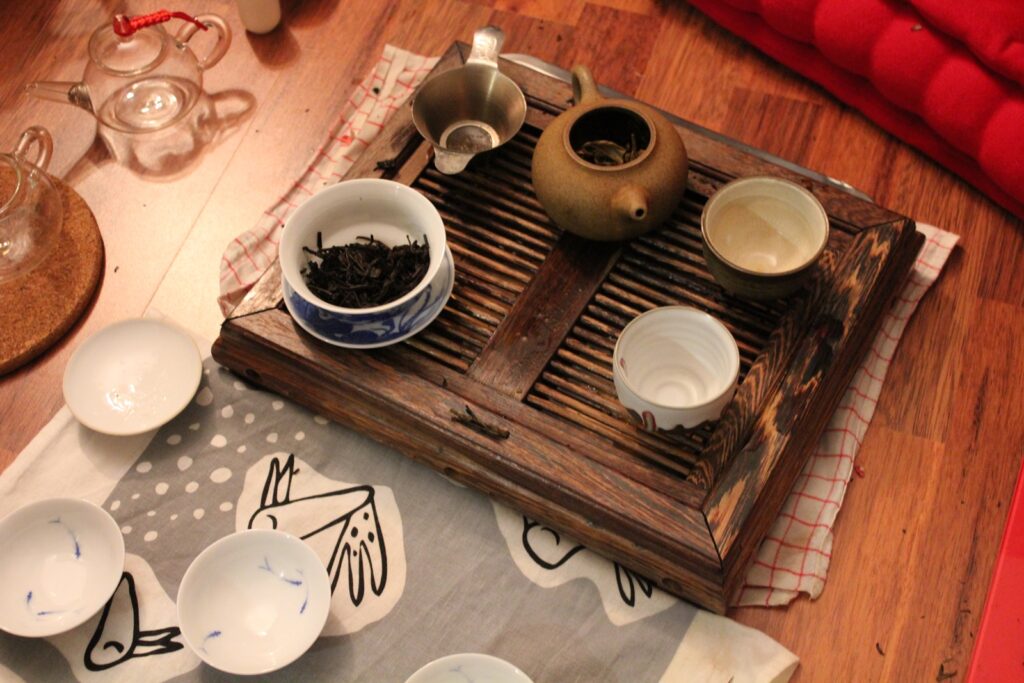My interest was most certainly piqued when I saw that my favourite teahouse in Helsinki, TeeMaa, was putting on a tea tasting of Japanese oolongs. Oolong teas are unusual in Japan, a country most famously known for its green teas. So I was very intrigued to taste some Japanese oolongs. Plus we were going to taste them alongside a favourite category of oolongs for me, Dan Cong.
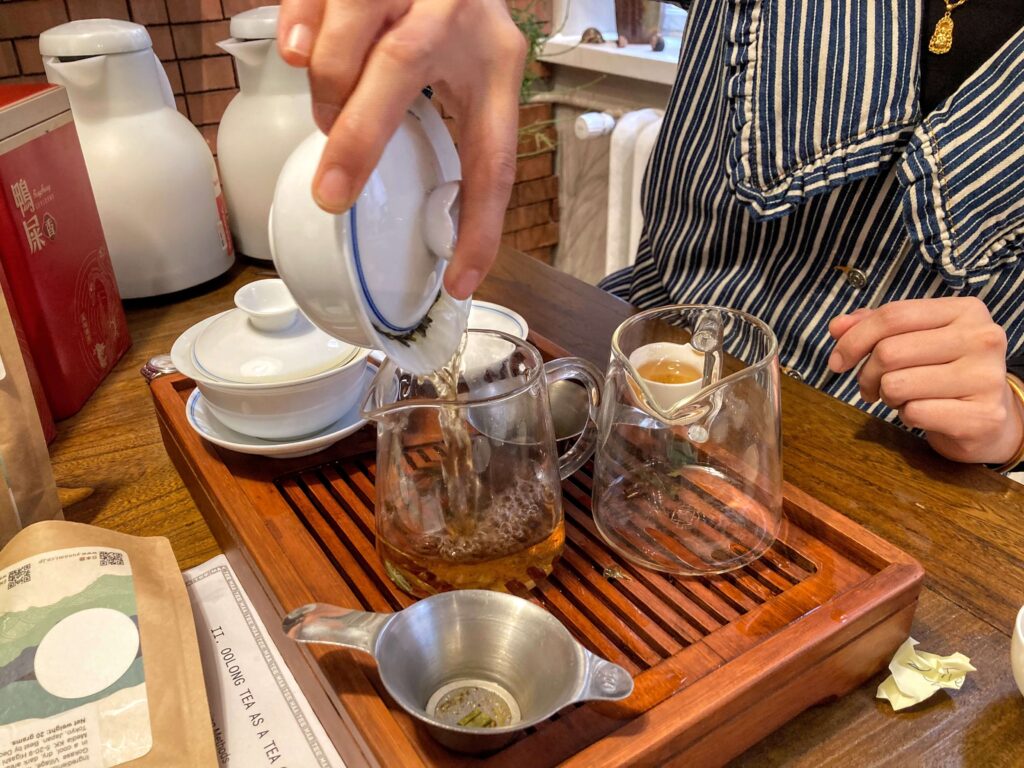
Japanese oolongs
The Japanese oolongs we tasted were all from the same farm – Miyazaki Sabou in Gokase Village, Miyazaki prefecture. This tea farm has been going since 1930. It’s an organic tea farm which has the JAS (Japanese Agricultural Standard) certificate meaning that the tea is grown without using artificial fertilisers and pesticides.
Gokase is located between Miyazaki Prefecture and Kumamoto Prefecture looking onto Japan’s largest active volcano, Mount Aso. At an elevation of 1200-1600m, Gokase’s summers are hot and its winters are snowy. The temperature difference between the seasons make it an ideal environment for growing tea.
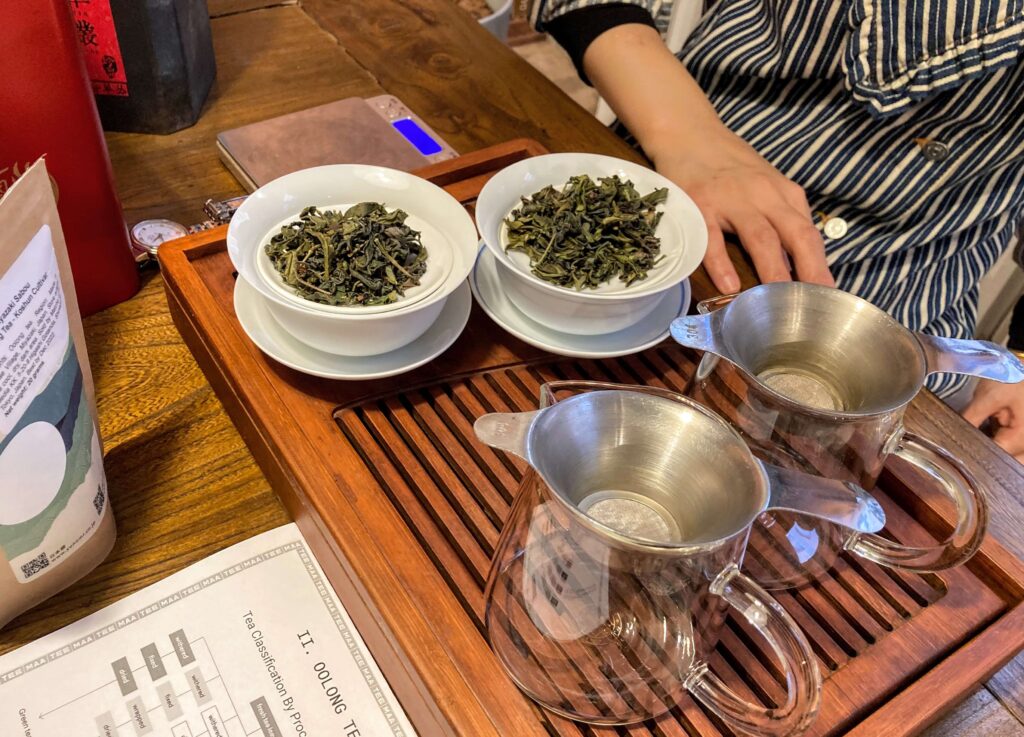
We tried three Japanese oolongs from Miyazaki Sabou, all brewed in gongfu style using 5g of tea at 100C. In order to get through all the teas on offer at the tasting we stuck to two brewings per tea. The first one at 30 secs and the second brew at one minute.
Miyazaki Sabou, Takachiho cultivar
The first tea is the Takachiho cultivar from Miyazaki Sabou. For me the dry leaf aroma is totally different from the liquor and the taste. The dry leaves are a lovely light bright green, and give a nice mineral, seaweed aroma.
Once brewed up though, you get a fresh soft green aroma, it reminded me immediately of Tie Guan Yin. As did the taste, soft and buttery with lightly floral notes. The liquor is a beautiful pale yellow. Overall, a very nice, clean, easy going drink.

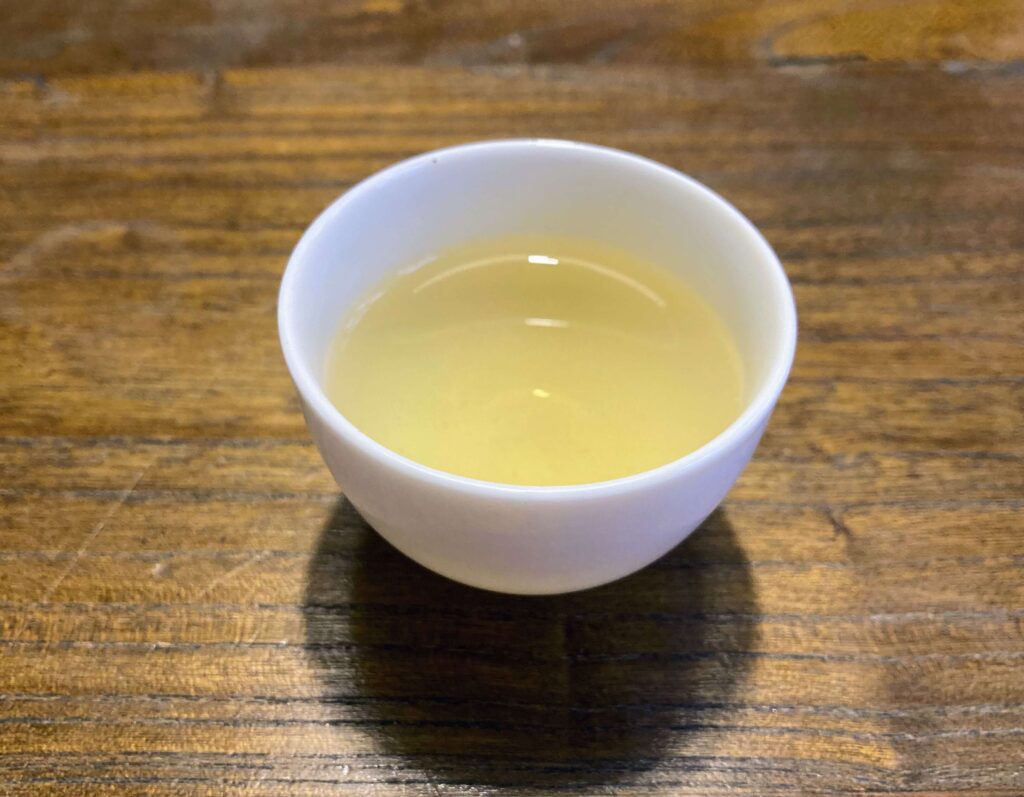
Miyazaki Sabou, Minami Sayaka cultivar
Next up, is the Minami Sayaka cultivar. Again we have nice bright green leaves, and I get slightly medicinal notes from the dry leaves. This disappears when brewed up to be replaced by lovely soft buttery aromas. The liquor is a bright golden yellow.
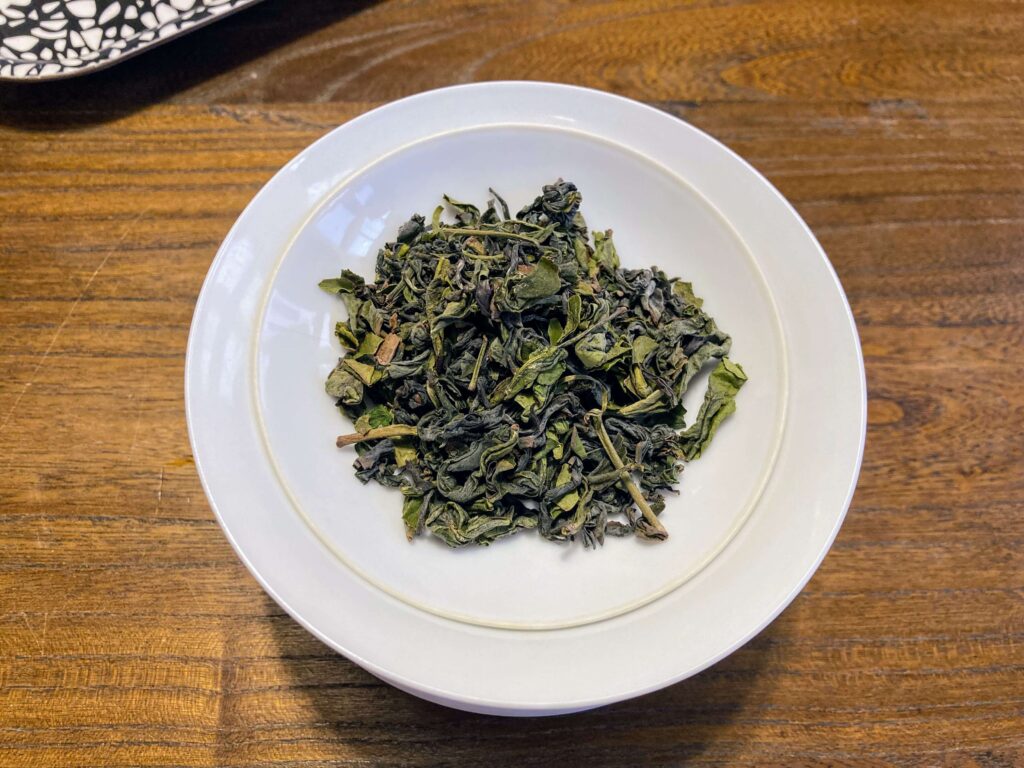
On tasting, the mouthfeel is noticeably thicker than the first tea. It’s certainly more robust, and has a smooth vegetal taste with a little astringency. The second brew is very punchy and aromatic, with more astringency coming through. It finishes with a nice long creamy aftertaste. I feel like Takachiho cultivar is the sweet easy going one, and Minami Sayaka cultivar is a bit of a character!
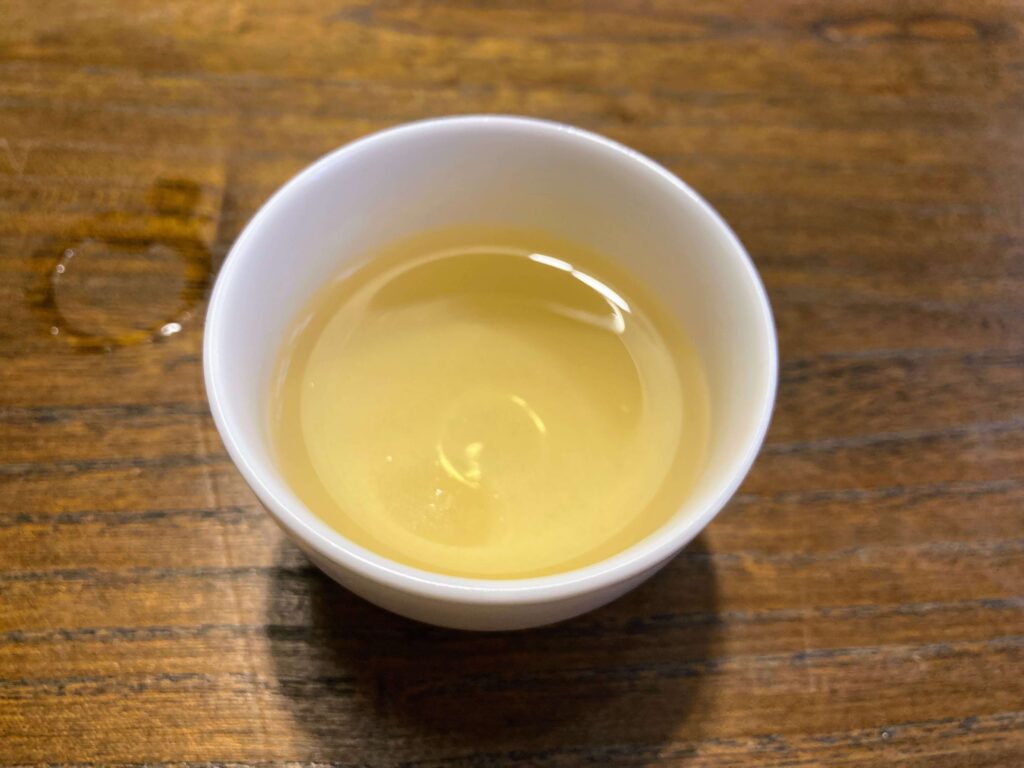
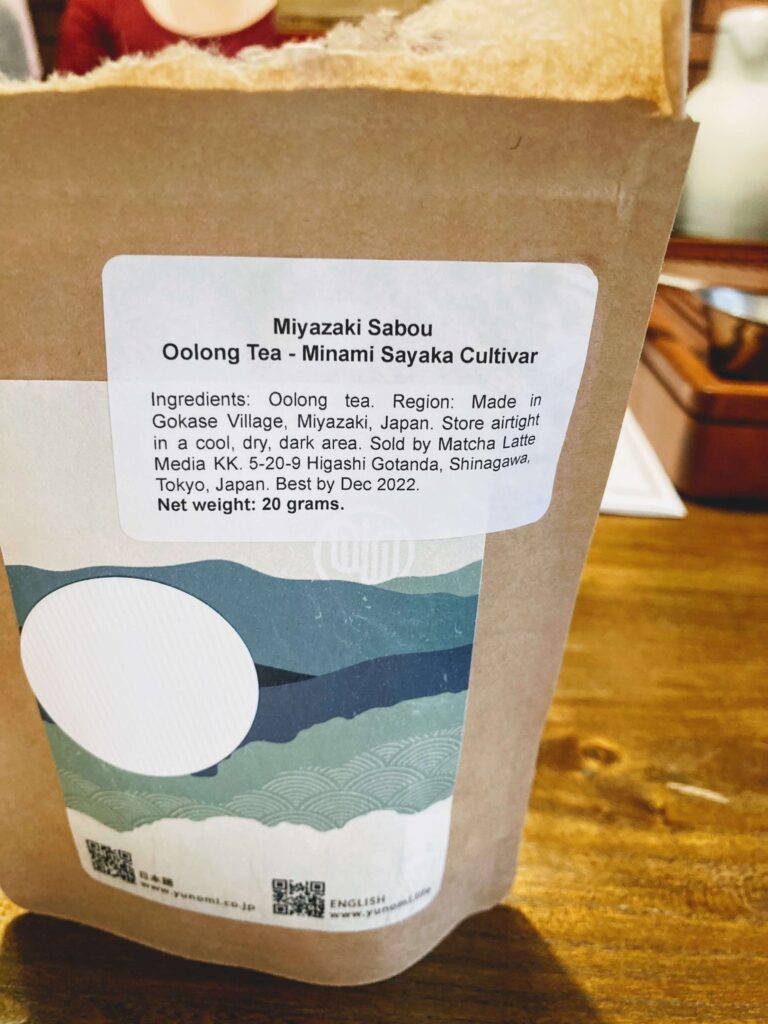
Miyazaki Sabou, Koshun cultivar
Finally, we tried the Koshun cultivar. This tea also brews up into a nice bright golden yellow, with beautiful soft sweet, floral aromas. And it’s such a lovely tea to sip on. It has a lovely smooth and sweet profile with a long fruity aftertaste that continues to develop. Eventually I manage to pin down that it’s a juicy peach aftertaste.
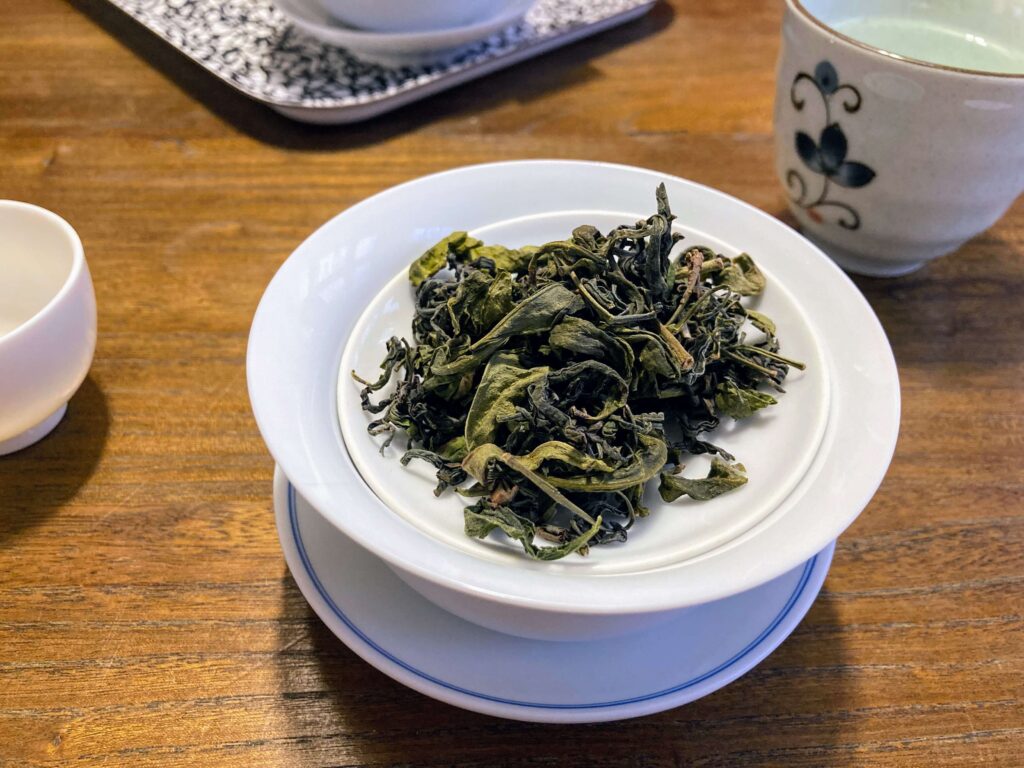
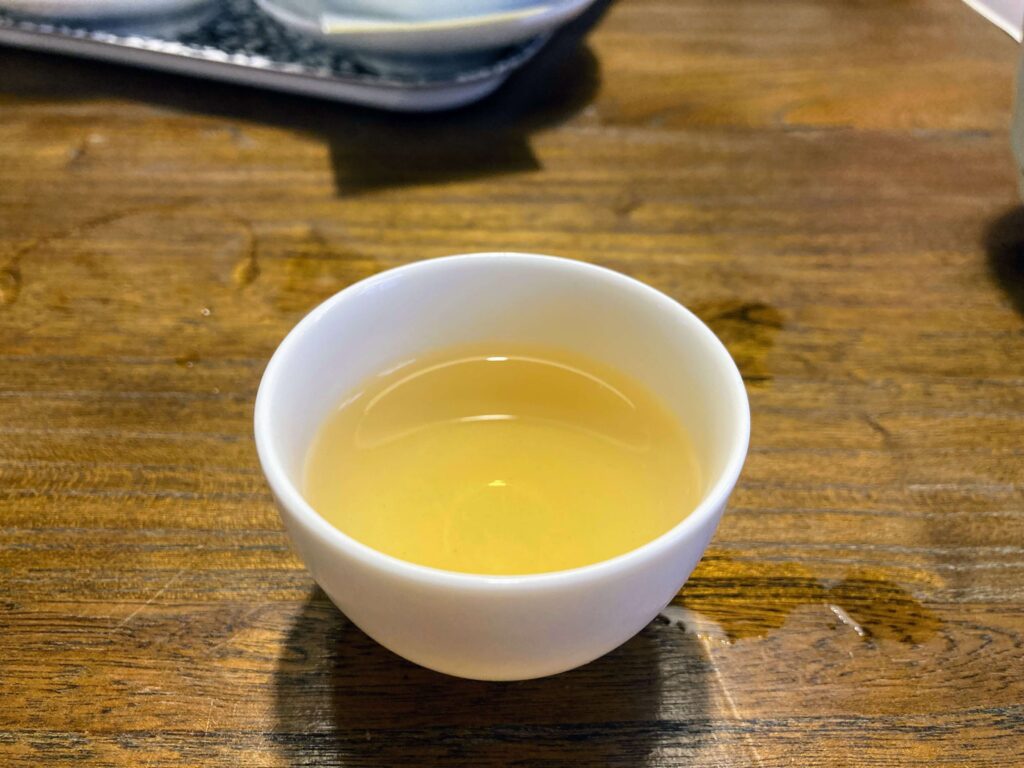
Japanese oolong conclusion
Out of the three Japanese oolongs that we tasted, the second one – Minami Sayaka cultivar – is my favourite. I feel like it was just getting interesting on the second brew and I’d love to try it for a few more brewings. These Japanese oolongs are only samples and not available to buy at TeeMaa yet. I really hope they get them in stock soon!
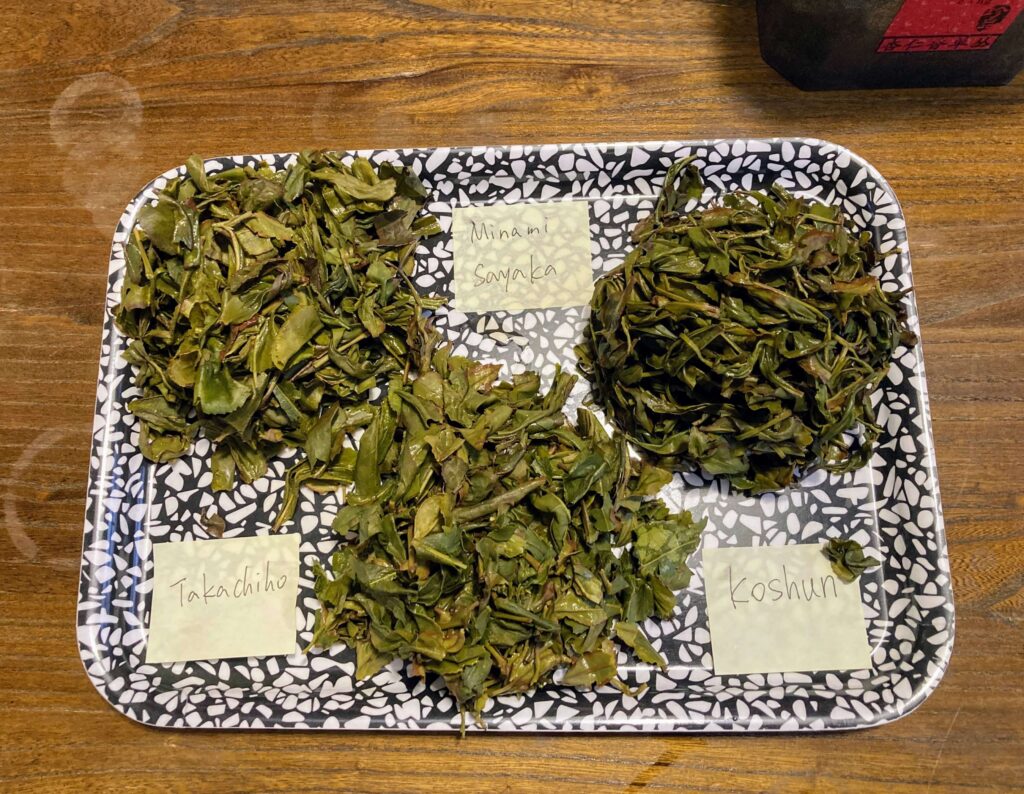
Dan Cong oolongs
Next, we moved onto the Dan Cong oolongs. These are very different in style to the Japanese oolongs which are lightly oxidised, so more in the style of ‘green’ oolongs produced in Southern Fujian. Dan Congs are from Chao An County, Guangdong and are usually oxidised at between 50-80%, and roasted at least once.
You can tell the difference immediately on sight, as the Japanese oolongs have green leaves, whereas the Dan Cong leaves are dark from the oxidation, and have toasty aromas from the roasting. If you want to learn a bit more about Dan Cong oolongs take a look at my blog post ‘5 Types of Phoenix Dan Cong Oolongs’.
We tried three Dan Congs, all brewed in gongfu style using 5g of tea at 100C. This time round, we had three brews of each. The first one at 15 seconds, the second at 30 seconds, and the third brew at one minute.
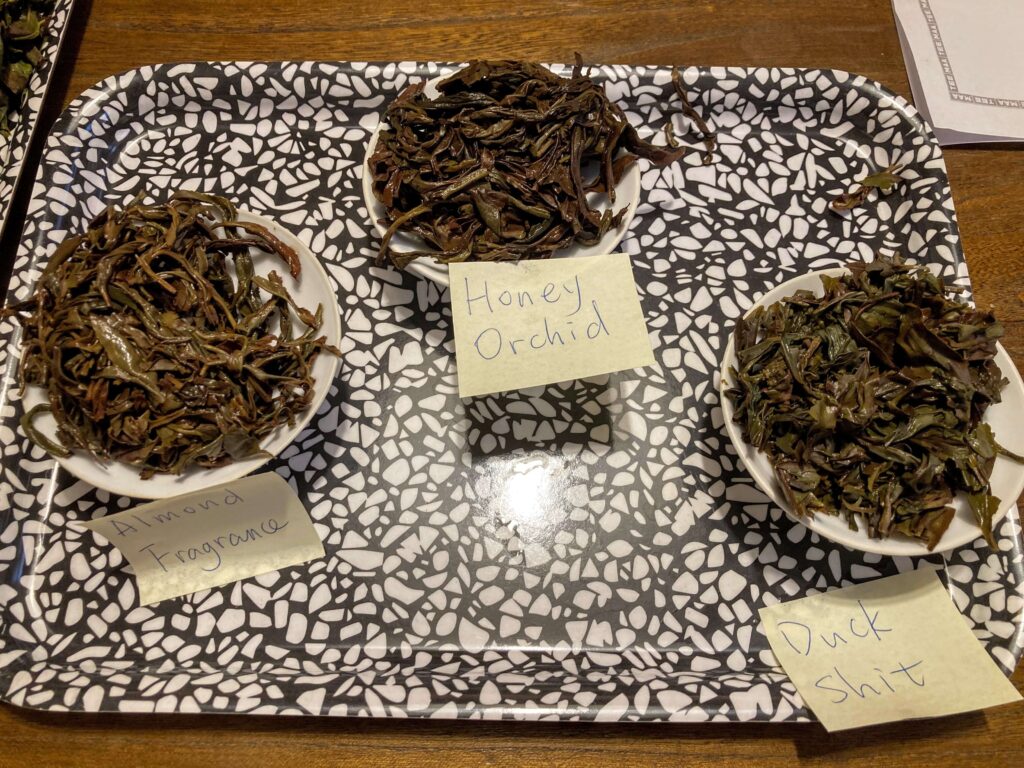
Xing Ren Xiang (Almond Fragrance)
Out of the three Dan Congs, this was a new one for me. The aroma has a nice warm cosy toastiness about it. Perfect for a chilly late autumn day. I’m not sure if this was due to the contrast with the greener oolongs, but on my first sip I’m hit hard with smoky whisky!
On the second brewing it’s much softer and creamy with a little bitterness. The third brew is the best when more buttery and nutty flavours start to come out. And it leaves you with a lovely creamy aftertaste. I’ll be adding this one to my oolong repertoire!
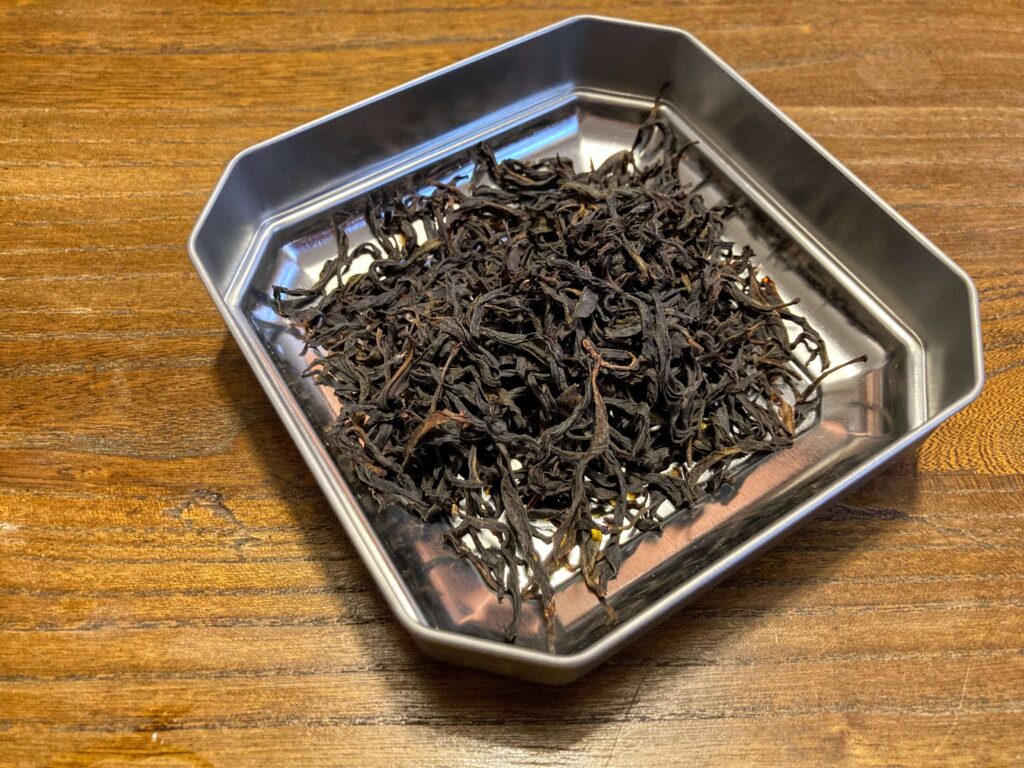
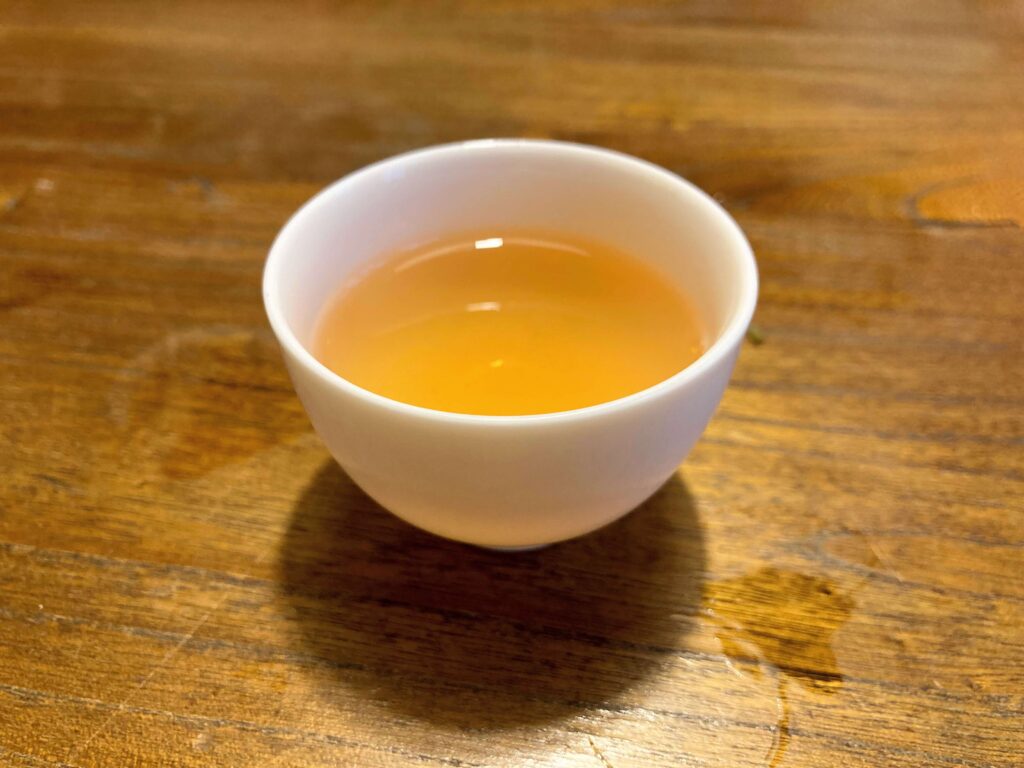
Mi Lan Xiang (Honey Orchid)
Mi Lan Xiang is a familiar Dan Cong to me, and probably one of the best known. Rightly so, as it\’s such a beautiful tea. A fragrant and sweet honey orchid aroma with roasted notes. It brews up into a smooth, sweet and delicate drink with a nice long aftertaste.
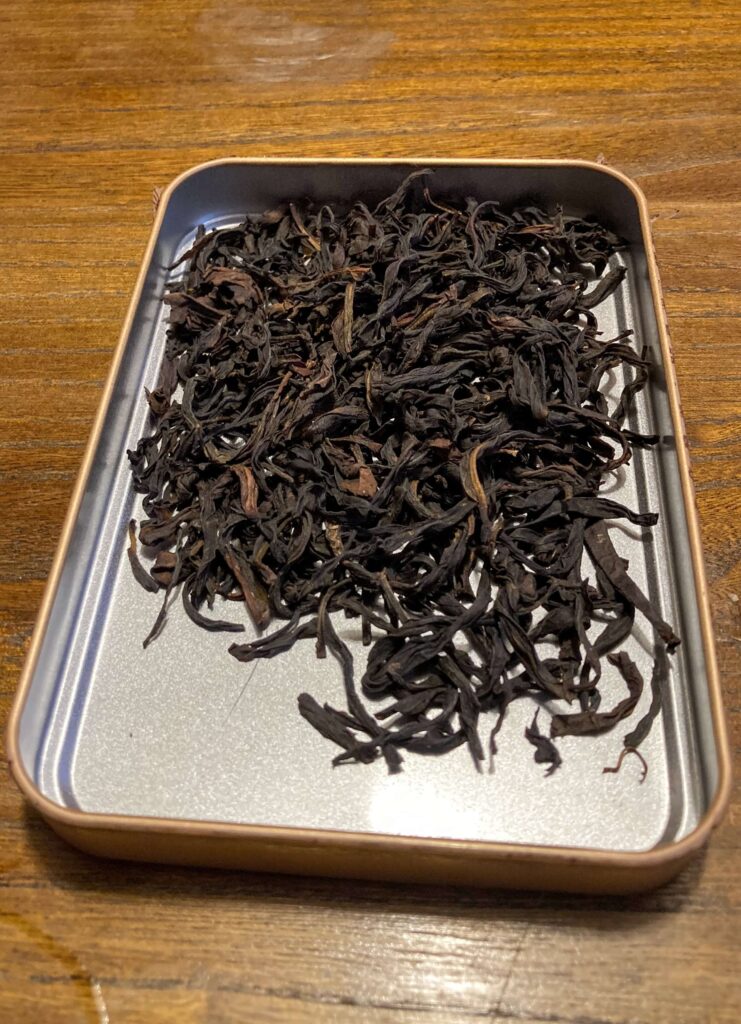
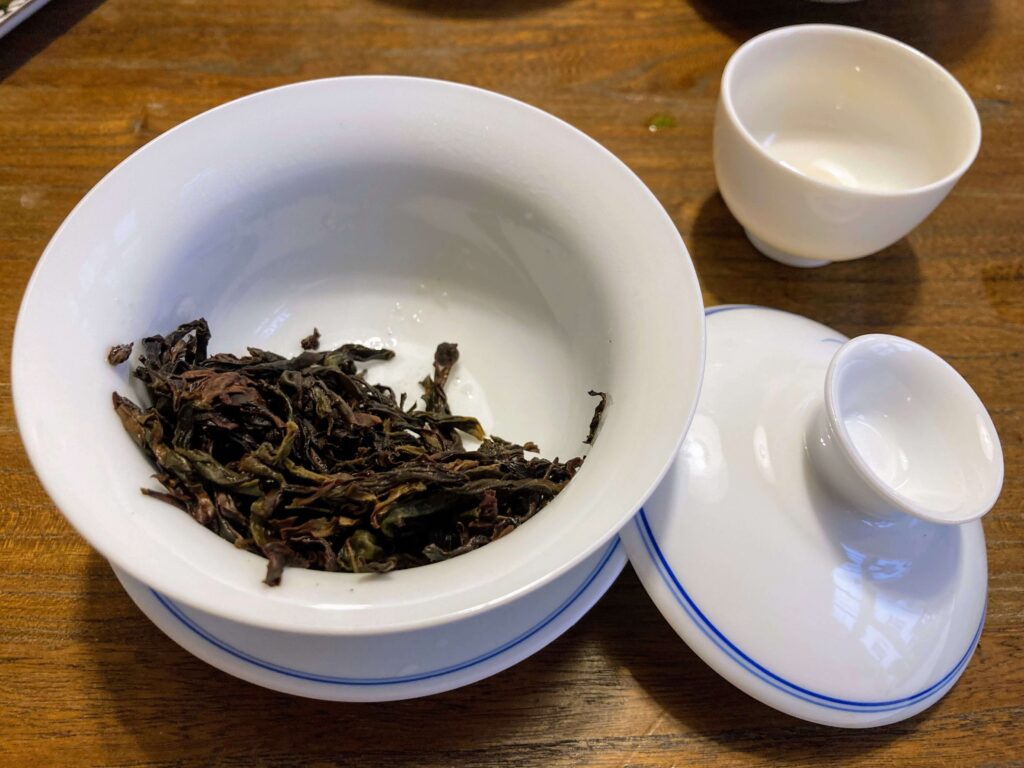
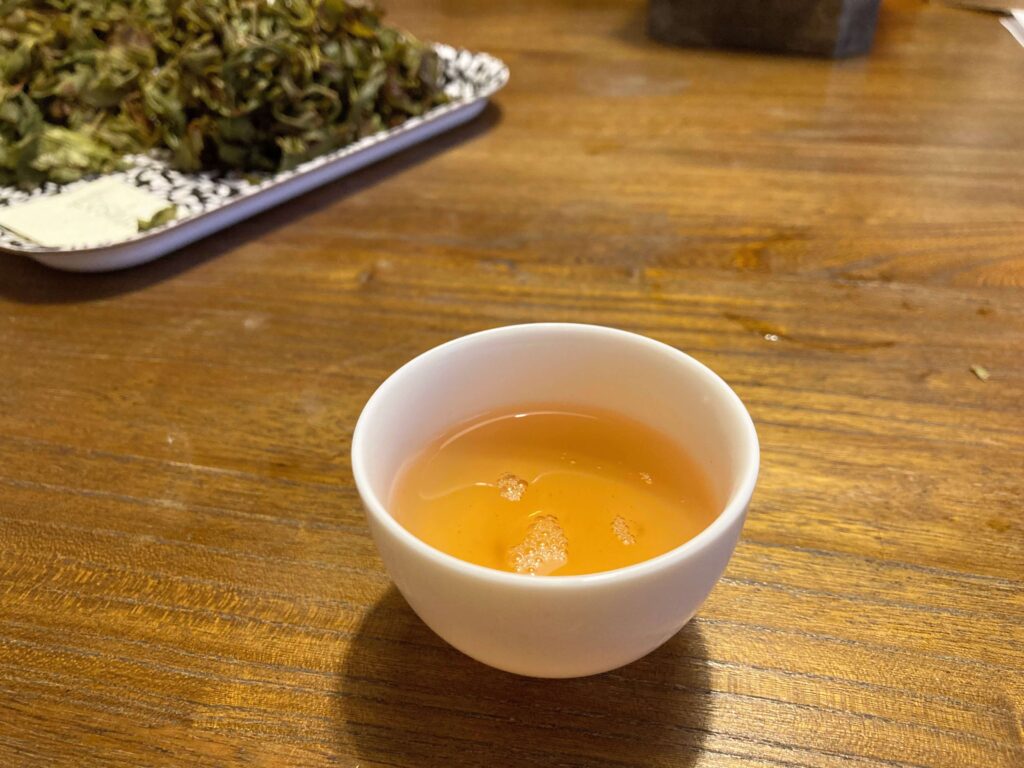
Ya Shi Xiang (Duck Shit Fragrance)
Yes, that’s right – Duck Shit tea! Various stories abound as to the name’s origins. One goes that the tea farmer called it such a horrible name so that other tea farmers wouldn’t steal it. Another says that it’s because the yellowish colour of the soil in the region where the tea is grown is similar to the colour of duck poo. There were attempts to change the name to something more befitting of a fine tea, such as Silver Flower, but the duck shit name stuck!
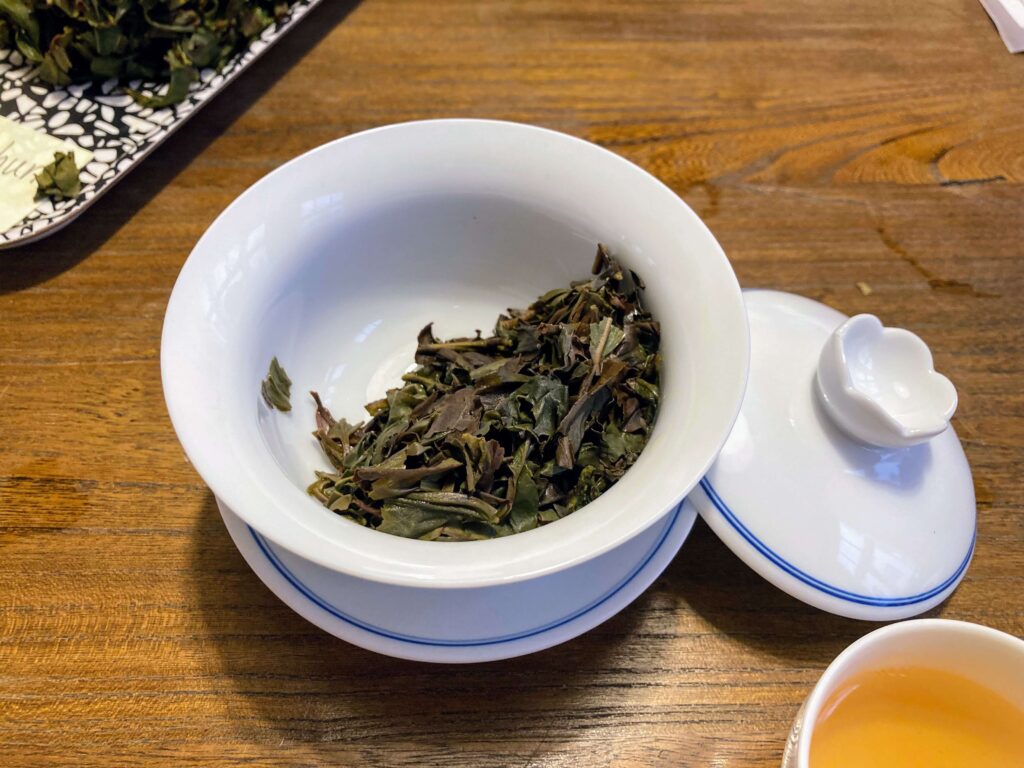
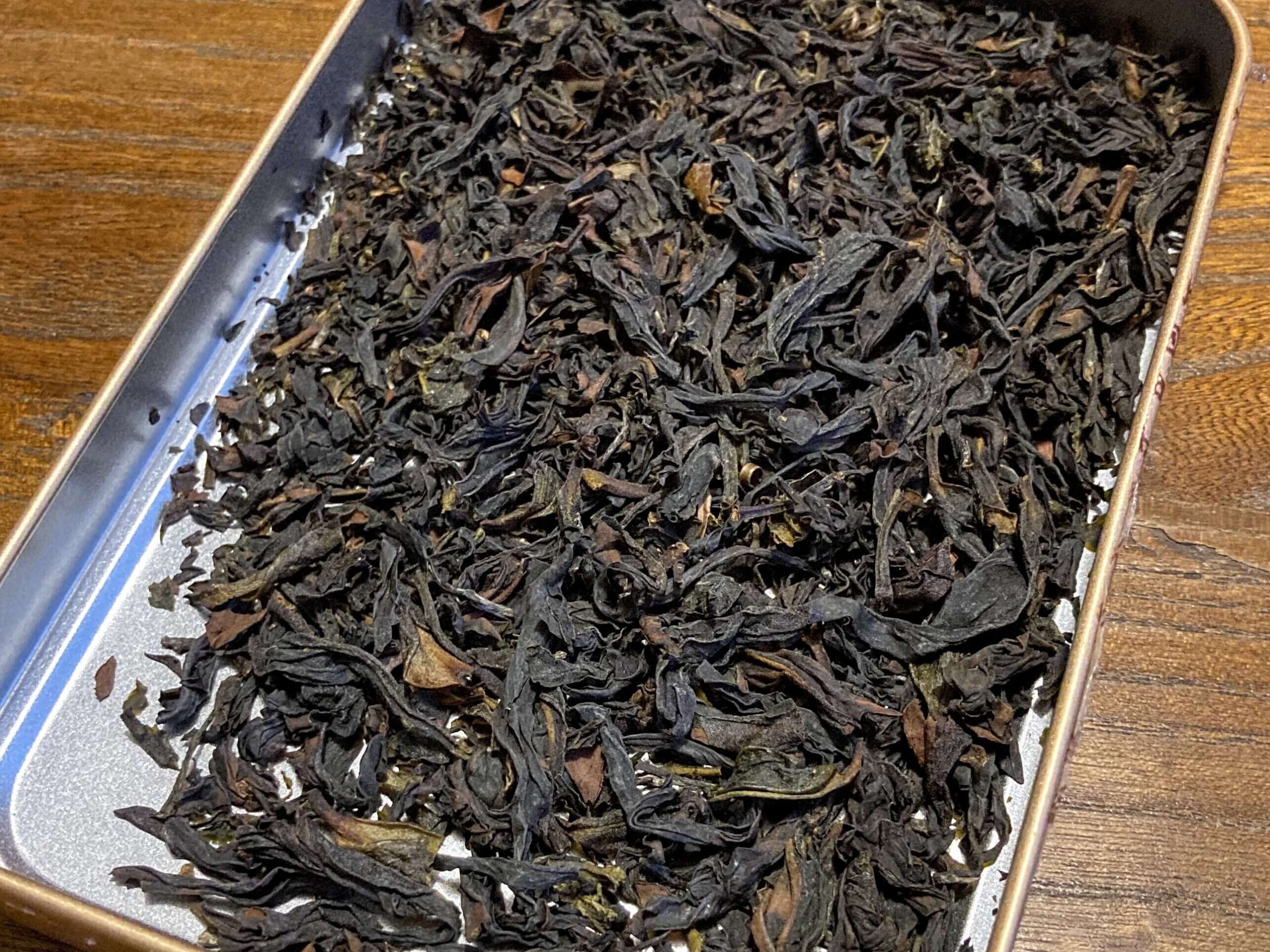
Despite its name, Ya Shi Xiang is actually a lovely tea. It has a light floral aroma and brews up to a nice ochre yellow liquor. The taste is a smooth and somewhat bold floral flavour, with sweet honey notes. Like Mi Lan Xiang, I find this tea quite easy going and good for sipping all day long.
Wrapping Up
I really enjoyed the tea tasting. It’s always great to discover a new type of tea, I didn’t know that Japanese oolongs were a thing! They’re quite similar in style to the lighter oxidised oolongs from Southern Fujian. So it would be interesting to compare Japanese oolongs side by side with oolongs such as Tie Guan Yin, as well as some ‘green’ Taiwanese oolongs. Hmm, I feel another blog post brewing…


